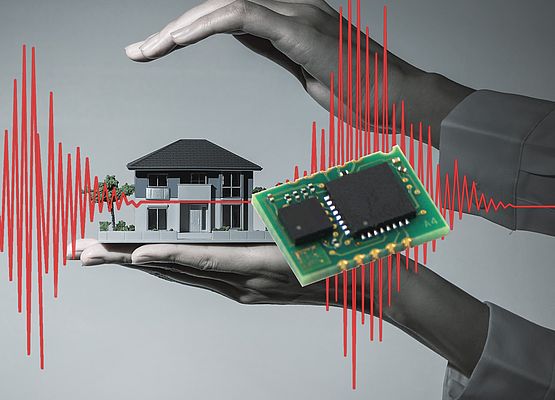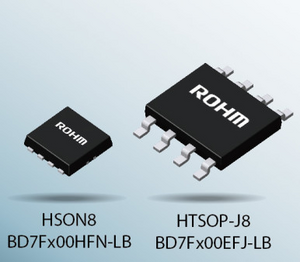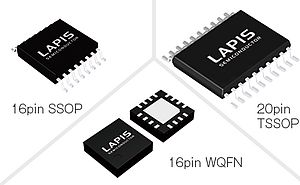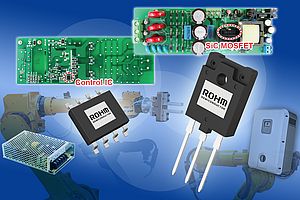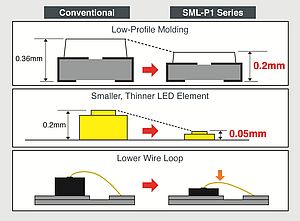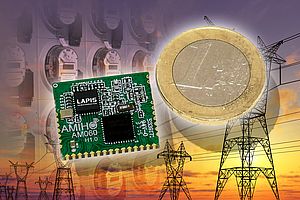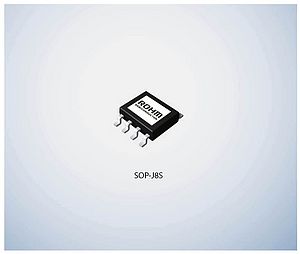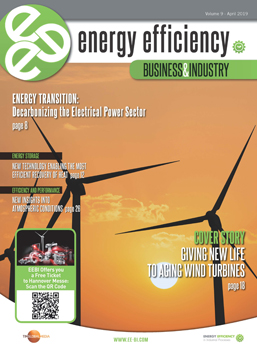BP3901 is an ultra-compact seismic detection sensor module, announced by ROHM. It’s designed for applications requiring earthquake detection, such as automatic doors, unmanned transport vehicles, and smart meters. The ability to accurately detect vibration when an earthquake occurs and to stop operation can help prevent secondary disasters caused by fires and earthquakes, and assist with early recovery in various infrastructures.
False detection prevention function
A mechanical earthquake detector can normally only detect the presence or absence of vibration, but it can’t distinguish whether it is due to an actual earthquake or to other external factors. In response, ROHM developed an ultra-compact (11.8 x 8.6 x 2.5 mm) BP3901 that integrates an original earthquake detection algorithm and offers high accuracy, with a false detection prevention function built the sensor. It also has an angle correction function (±15° allowable mounting angle) that can correct for unintentional tilt of the module, further improving detection accuracy.
Low standby current consuption
The BP3901 incorporates a 3-axis accelerometer (from ROHM Group company Kionix) in a compact 11.8 x 8.6 x 2.5mm module package. ROHM developed an algorithm focused on determining SI (Spectrum Intensity) values. The module is designed to stay in standby mode until a seismic event is detected and it’s, thus, important to reduce current consumption while in standby. The BP3901 achieves low standby current consumption (3.5uA) by optimizing arithmetic processing.


